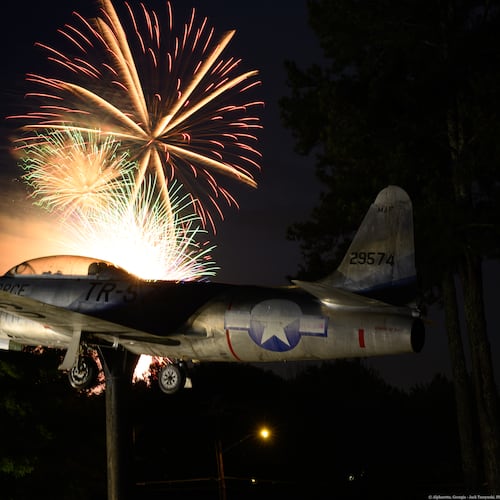Hats off to Atlanta Botanical Garden.
The debut of the Canopy Walk, Cascade Gardens and Edible Garden and Outdoor Kitchen mark the completion of the Garden’s $55 million expansion project, which doubles its size and expands the variety of botanical material and experiences.
Your visit will be by turns peaceful and active, formal and natural, exotic and playful, thanks to the thoughtful planning, creative design and capable execution of a large team led by executive director Mary Pat Matheson.
The foundation of a great project is a good master plan. Matheson, who has an undergraduate planning degree, hired Andropogen Associates of Philadelphia for the job in 2003. She asked them to address parking issues, connectivity and access to then-unused Storza Woods.
The first big move was to position the deck on the hillside behind the garden. An idea first suggested by J.B. Fuqua, this placement keeps cars on the periphery of the site and adds more points of entry, permitting easy access from Monroe Drive, Piedmont Park and eventually the BeltLine.
Andropogen suggested the Canopy Walk as the means to connect the original campus to Storza Woods and negotiate the 40-foot grade change. It devised a circulation plan whose meandering layout fosters a sense of discovery.
Landscape designer Tres Fromme of Mesa Design Group accentuates the sense of surprise by juxtaposing the shady Storza woodlands to the sunny tropical garden, which is a good use of the treeless driveway it replaces.
The siting and design of the architectural elements are successful as well. Jova/Daniels/Busby designed the parking deck and airy Visitor Center, which opened last year. The Atlanta firm worked with Steve Robinson of Axios Architectures to design the curving Canopy Walk. Its type, a reverse suspension bridge, makes a minimal intrusion on the forest floor.
The project benefits from attention to detail. The use of granite blocks makes reference to the architectural remains of the 1895 exposition in Piedmont Park at the far end of the garden and helps visually unify the site.
Also notable are the benches and stools made of cypress and steel by Atlanta artist Andrew Crawford, which are installed on the bridge. Crawford’s metal gates, which graced the old entrance, are now an architectural element in Cascade Garden.
Matheson has made it a point to bring art into the garden, both with permanent elements and temporary exhibits. Currently, the whimsical blown-glass fruits, vegetables and flowers by California artists Michael Cohn and Molly Stone enliven the old campus, mostly in the Edible Garden. Glass pumpkins and gourds will replace them in the fall.
Truly, it takes a village to raise a complex project. The Atlanta Botanical Garden is an exemplar of creativity, teamwork and vision.
Atlanta Botanical Garden. $15; $12, seniors, children 3-17; free for children under 3 and members. 9 a.m.-7 p.m., Tuesdays – Sundays.1345 Piedmont Ave. 404-876-5859. www.atlanta botanicalgarden.org.
The bottom line: A combination of creative planning and design distinguishes the garden’s expansion project and further elevates its importance for Atlanta.
Catherine Fox is chief art critic of ArtsCriticATL.com
About the Author
Keep Reading
The Latest
Featured
